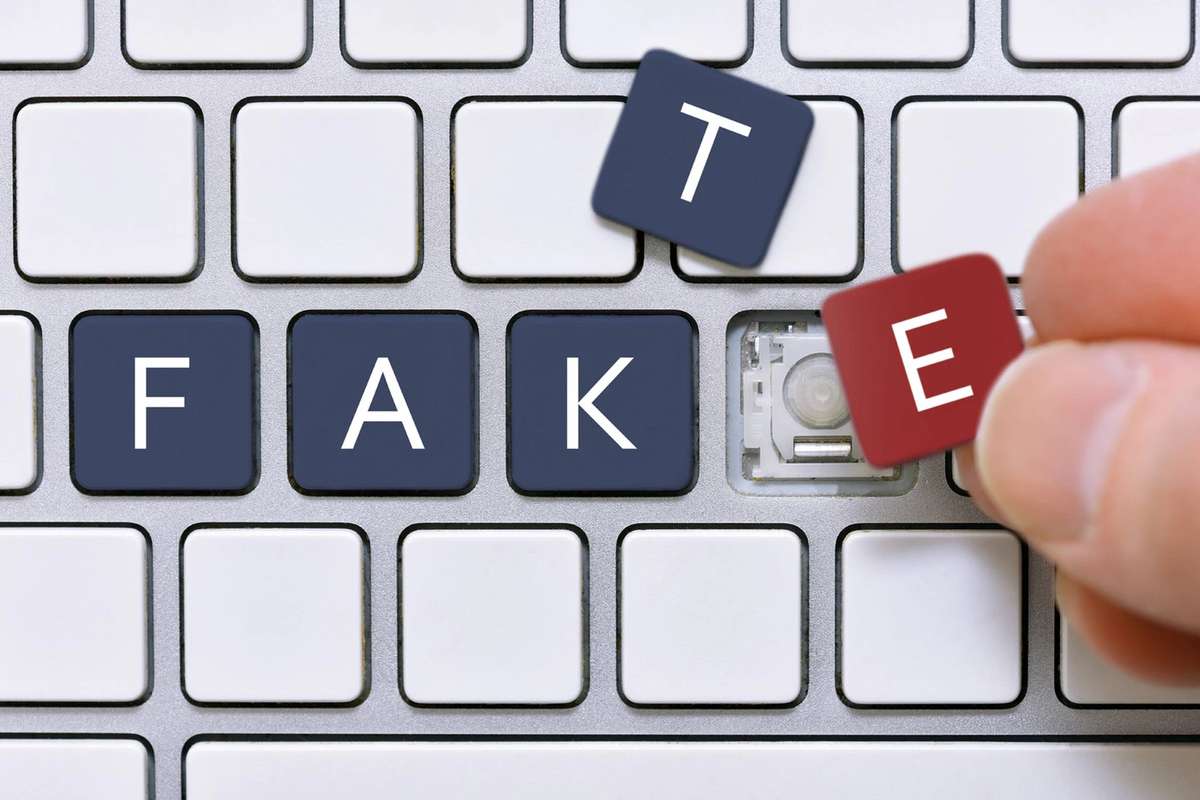In today’s digital age, the internet is a powerful tool for sharing ideas and connecting people. Unfortunately, it’s also a space where harmful content, including hate speech and false information (misinformation and disinformation), can spread easily.
This is especially challenging for communities like the 2SLGBTQI+ community, who often face targeted attacks online.
Fortunately, there are many digital tools and resources available that can help counter hate and misinformation, protect vulnerable groups, and promote a safer, more inclusive online environment. Below are some key ways these tools can help, along with examples of the types of tools currently available.
Identifying and Reporting Hate Speech
Hate speech is any form of communication that attacks or demeans someone based on their identity. For the 2SLGBTQI+ community, this can take many forms, from slurs and derogatory comments to more organized campaigns that spread harmful narratives.
Social media platforms like Facebook, Twitter (X), and Instagram have tools built into their systems that allow users to report hate speech.
When someone encounters harmful content, they can flag it, and the platform’s moderation teams review it. While not always perfect, these systems are improving. AI-driven content moderation tools help automatically detect harmful language, images, or videos and take them down quickly.
Additionally, there are third-party tools that help monitor hate speech across different platforms. For instance, Hatebase is a crowdsourced database that tracks hate speech terms used globally.
This can help organizations and activists understand where hate speech is happening and respond to it effectively.
Fact-Checking Misinformation and Disinformation
Misinformation refers to false or misleading information spread without malicious intent, while disinformation is deliberately false information spread with the intent to deceive. Both types of false information can harm the 2SLGBTQI+ community by spreading stereotypes, fueling prejudice, or undermining important social movements.
One of the most effective tools to counter misinformation and disinformation is fact-checking websites.
Organizations like Snopes, PolitiFact, and FactCheck.org are dedicated to investigating claims and debunking false information. These platforms are trusted by many for providing unbiased, well-researched facts. They also work with social media platforms to flag misleading content and reduce its spread.
In addition to these, browser extensions like NewsGuard provide real-time analysis of websites and articles, offering users insight into the trustworthiness of the content they’re viewing.
These tools rate websites based on their history of publishing factual and reliable information, helping users avoid sources known for spreading harmful misinformation.
Social Media Campaigns for Awareness
Beyond reporting and fact-checking, there is power in using digital platforms for education and positive change. Social media campaigns can help raise awareness about issues affecting the 2SLGBTQI+ community and counter harmful narratives.
These campaigns often leverage hashtags, infographics, and shareable content to amplify positive messages and promote inclusivity.
For example, campaigns like #LoveIsLove and #PrideMonth have created global conversations that celebrate the diversity and rights of the 2SLGBTQI+ community. These movements highlight positive stories, challenge harmful stereotypes, and encourage allies to stand in solidarity.
Tools like Canva and Adobe Spark make it easy for users to create visually appealing content that can be shared across platforms, helping spread these messages further.
Online Safety and Privacy Tools
For members of the 2SLGBTQI+ community, navigating the internet safely is crucial. Online harassment, doxxing (where personal information is shared publicly without consent), and threats are common for those who are vocal about their identity.
Digital tools that enhance privacy and security can be life-saving. VPNs (Virtual Private Networks) like NordVPN or ExpressVPN help users protect their identity online by masking their location and encrypting their data.
This can be especially helpful for individuals in countries where being part of the 2SLGBTQI+ community is criminalized.
Additionally, tools like Privacy Badger and uBlock Origin block third-party tracking and malicious ads that could compromise user privacy. For those at risk of online harassment, services like Block Party on Twitter provide additional layers of protection by allowing users to filter out harmful interactions or block harmful accounts in bulk.
Digital Literacy and Education
Perhaps the most important tool in fighting hate and misinformation is education. Digital literacy programs teach people how to critically evaluate the content they encounter online.
Understanding how to spot false information, recognize hate speech, and engage with reliable sources is key to building a safer digital environment.
Organizations like MediaSmarts in Canada offer resources and workshops that focus on digital literacy, with special programs aimed at protecting marginalized communities, including the 2SLGBTQI+ population.
These programs teach individuals how to fact-check, verify sources, and avoid engaging with harmful content. This empowers them to be both consumers and creators of positive, factual information.
Additionally, Google’s Be Internet Awesome program helps younger users learn how to navigate the online world safely and responsibly, providing lessons on topics like respect, privacy, and security.
Building Stronger Communities Online
Countering hate and misinformation isn’t just about tools – it’s also about building strong, supportive online communities. Platforms like Reddit, Discord, and Tumblr have vibrant spaces where the 2SLGBTQI+ community can come together to share experiences, offer support, and counter negative narratives.
Moderated forums and community guidelines help keep these spaces safe. Platforms are also increasingly involving community members in moderation efforts, empowering users to flag harmful content and ensure that positive, inclusive conversations thrive.
Conclusion
As the digital world grows, so do the tools and strategies available to counter hate and misinformation. For the 2SLGBTQI+ community, these tools provide vital support in ensuring that the internet remains a place of connection and expression, rather than a source of harm.
Whether it’s reporting hate speech, fact-checking misinformation, or creating supportive spaces, each tool plays a role in fostering a safer, more inclusive online environment for everyone.

